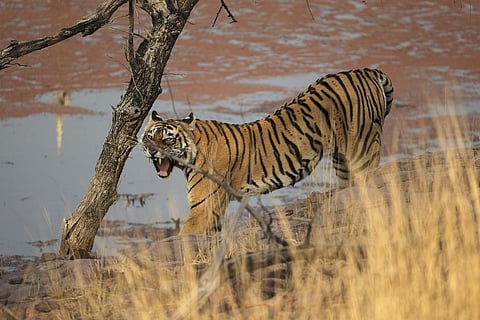

She was the most ferocious and the most venerable of all. Machli, the 20-year-old tigress, who passed away today, was an iconic figure of Ranthambore National Park in India. Her majestic look and muscular strength is legendary, and so is her fight with a 14-ft-long mugger crocodile that created history.
Here is bunch of interesting facts you might not know about the most photographed tigress in the world.